Beyond “In Through the Nose, Out Through the Mouth”
You’ve seen it a thousand times on television. Just a bit of momentary drama to set the stage. It’s a medical show. Someone is having an anxiety attack. Maybe he’s hyperventilating.
The medical professional or first responder fixes her eyes on this (typically) mouth breather and says emphatically and slowly, “Follow me. Breathe. In through the nose, out through the mouth.”
And then, in an exaggerated fashion, the medical professional demonstrates, raising her shoulders with the inhalation and looking all better and grounded on each exhalation, as she tries to get the person in crisis in her office or at a crash scene, school, or hospital to mirror her.
Somehow, within three of these breaths, the person is miraculously back to normal.
Is that all there is?
Breath can do a lot more for you besides anxiety management.
Breath control is the secret sauce of changing your emotional state. You can raise your basic energy level, focus your attention, or even feel more attuned with those around you by the breath pattern you adopt.
Joining in with, or matching, another’s breath rhythm is so powerful that (for better or worse) it’s taught as a sales technique in methods like the controversial Neuro-Linguistic Programming of the 1970s.
When invited during our Conductor training with coming up with a ritual for introducing THE HUMAN JOURNEY® Experience and drawing it to a distinct close, Pam Lewis suggested something she’s used quite a bit in her organizational consulting work in South Africa. Pam invites participants to breathe themselves “into” the circle of participation and then, to demarcate the return to everyday life, to breathe themselves “out” of the circle again. She demonstrated the circular gesture she used to reinforce the direction of breathing, emphasizing breath as our mode of exchange (as it is!) between ourselves and the world around us.
I have enjoyed teaching workshops to teachers and professionals who work with young people with special needs about how to use breath and yoga sequences that specifically either raise energy, focus attention, calm the spirit, or allow us to join with others more smoothly. In their struggle to do what a less-than-adaptive world asks of them, students with special needs, like all of us, can be out of sync with the demands of them.
Think focus, energize, unify as well as calm.
I have enjoyed teaching workshops to teachers and professionals who work with young people with special needs about how to use breath and yoga sequences that specifically either raise energy, focus attention, calm the spirit, or allow us to join with others more smoothly. In their struggle to do what a less-than-adaptive world asks of them, students with special needs, like all of us, can be out of sync with the demands of them.
Experiment, and you'll see.
If you start “playing” your breath, you quickly discover that it works a lot like an instrument! Your breath has:
- different possibilities for proportions (duration) between inhalations and exhalations
- sound and silence (how sounded or noiseless it is–you’ll know what I mean if you sleep next to someone who snores!)
- placement in the body (from high in the throat, to middle of the chest, to low in the belly, and even toward the back of the body)
- ease and resistance
- regularity and erraticness
- continuity and stoppage (moments in which you’re neither inhaling nor exhaling)
and
- channel, that old “in through the nose and out through the mouth.”
There are other dimensions to breath, of course, as well!
Though I don’t recommend it necessarily, you can give yourself something that mimics aspects of a panic attack by playing with a few of these variables. But you can also go beyond in through the nose, out through the mouth to relax.
Simply by experimenting for yourself with just one of these dimensions of breath, you can bring calm to yourself or to someone else by lengthening the exhalations (even if through the nose), regularizing breathing (offering counted inhales and exhales), or focusing on breathing low into the belly.
The breath is a magnificent instrument for altering our state of being and for connecting us with others, as Pam showed by making breath the centerpiece of her ritual for joining a family prior to taking part in THE HUMAN JOURNEY.
The challenge of using breathing to help others is not what to do with it, but helping people feel comfortable enough socially to deal with its intimate power.
Invite gently.
An intimate experience, THE HUMAN JOURNEY is invitational, never pushing people in difficult circumstances to go beyond their comfort levels (including being as vulnerable as others are evidently willing to be). Rather, it is about creating a space to work with a family or group of people who, possibly stressed, guarded, and isolated from each other, can breathe across the space and find each other again–or perhaps for the first time.
Certification training to conduct THE HUMAN JOURNEY Experience will enable you to bring families and groups facing grief, serious illness, addiction, and other life transitions together. This tool sets them up to carry what they gained from the experience forward, into listening consistently to each other for values, supporting each other through loss and change from whatever each person’s spiritual perspectives may be, and finding meaning through hard times.
We are doing a limited number of public Conductor Trainings during the year.
Register here; we limit spaces to allow for personal attention and mentoring.
Related Posts
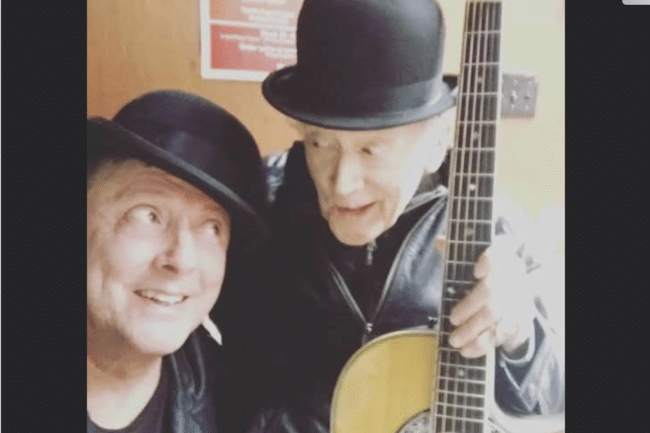
The Incredible Will to Sing
The will to make it to a loved one’s graduation or wedding, or to the birth of a new baby, somehow compels the body to obey the will. Stu Klitsner was going to sing at his only granddaughter’s wedding, come hell or high water.
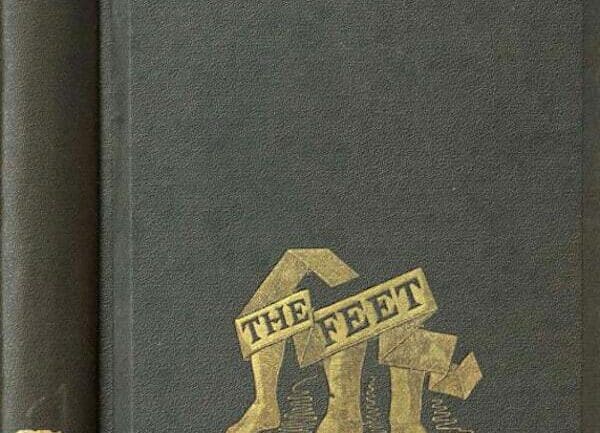
The Chaplain’s Feet
Chaplains exercise their humanness with every patient or family member they meet. What are the parallels between the kind of presence chaplains bring in the spiritual realm and that of the dancer who sees her choreography and performance as a kind of chaplaincy?
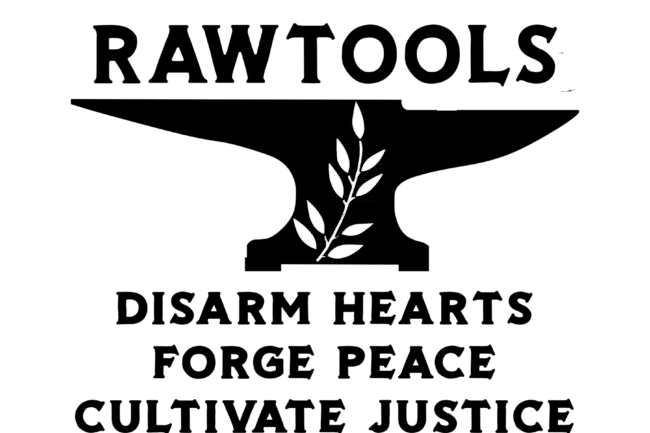
Whacking a Gun
At the 2023 Parliament of the World’s Religions, blacksmiths from RAWTools demonstrated how they took guns that had been surrendered from a variety of sources and re-formed them into garden hand tools, making literal their mission and message of anti-violence. The organization takes literally the passage from the Book of Isaiah to “beat their swords into plowshares and their spears into pruning hooks.”
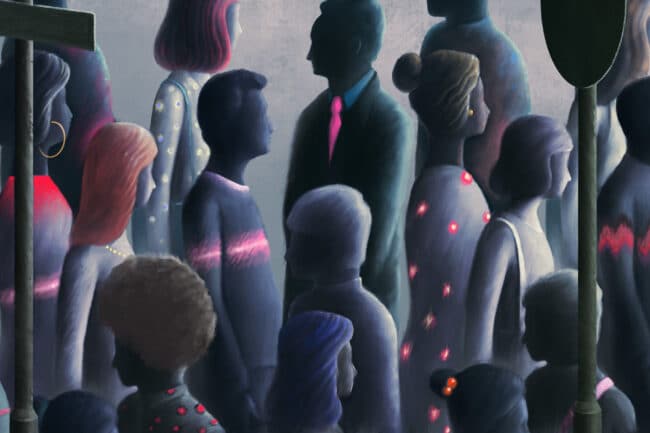
A Vaccine for Loneliness?
Public health has gotten bigger and bigger in recent decades. What was only thought of in the past as individual choices, like drug addiction, gun violence, or smoking crossed over to be thought of by many as social issues and, eventually, as matters of public health. With the Surgeon General’s report that came out in May, 2023, loneliness and isolation may assume their place alongside them as social epidemics.
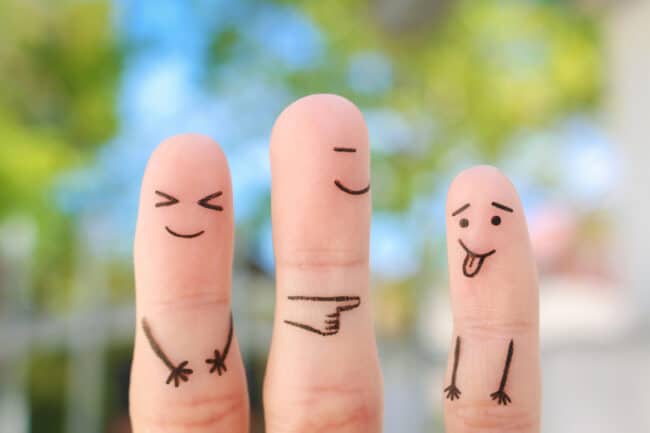
Grief on the Comedy Stage
Is it in supremely bad taste, or potentially healing in a social setting, to use death and dying as material on the American comedy stage? The post-pandemic fad of comedy shows that deal with what have been taboo topics is currently walking that line.
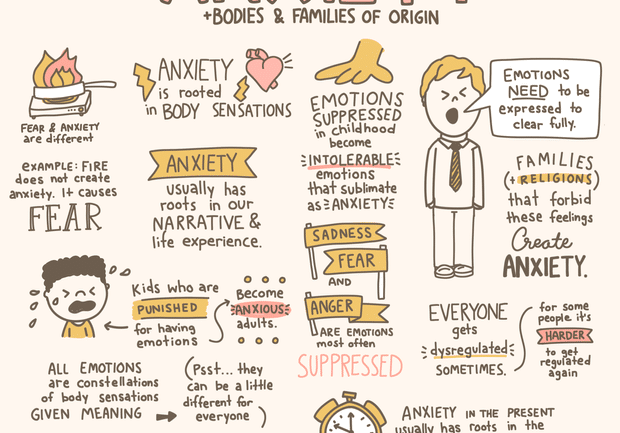
If You’re a Pro, You Gotta Have a Pro
Lindsay Braman’s example can open your mind about what sorts of both joy and utility you can create, simply by letting your own gifts out of the closet and using them in your work, in recognizing that, if a therapist/doodler can connect two passions, so can you.

